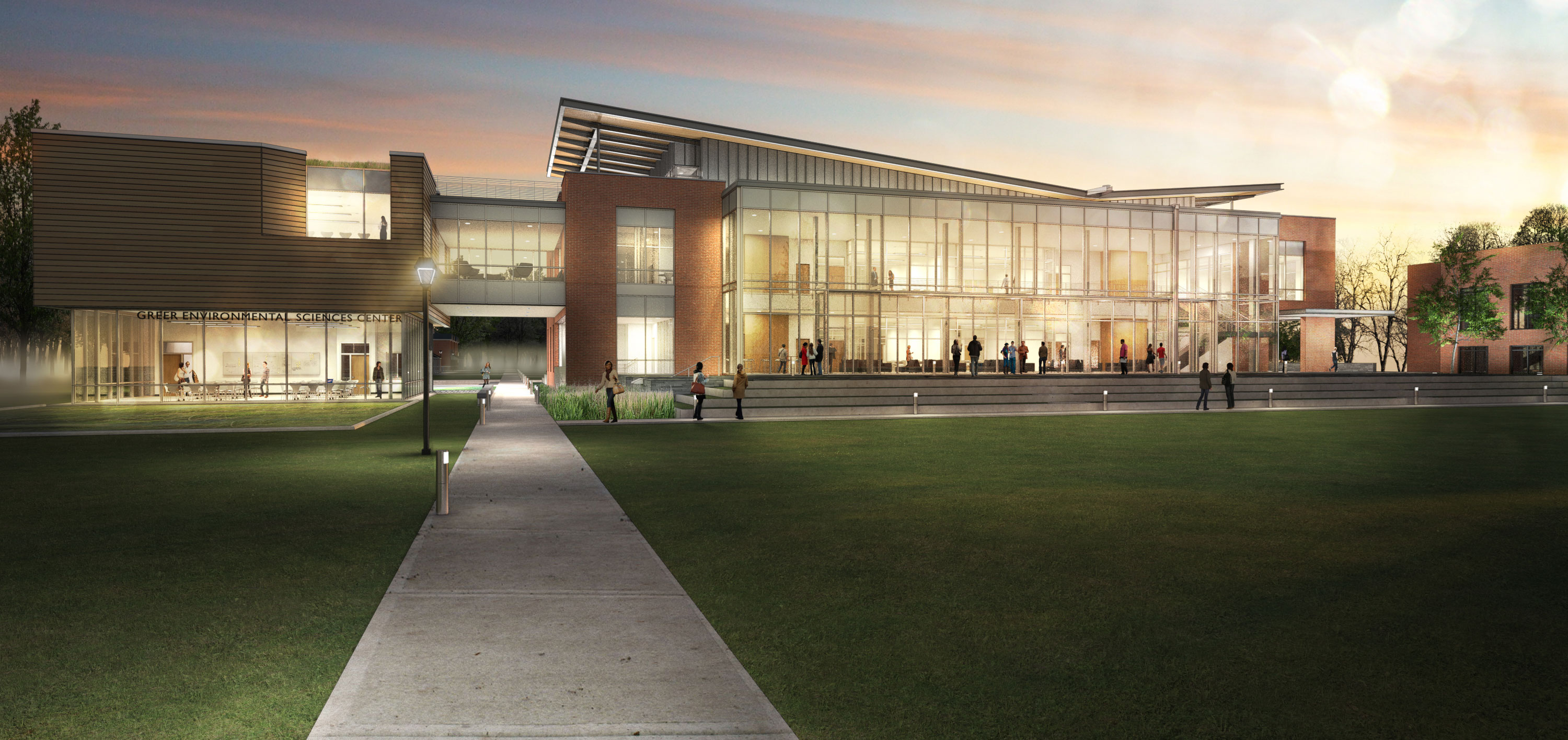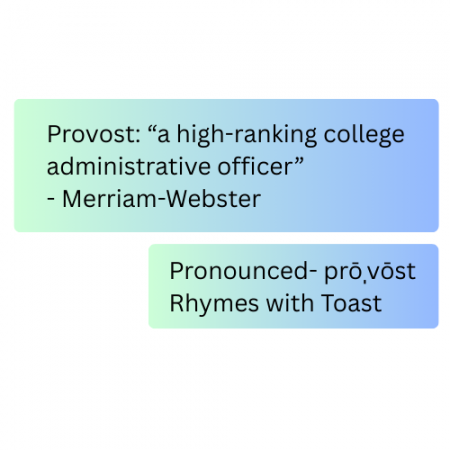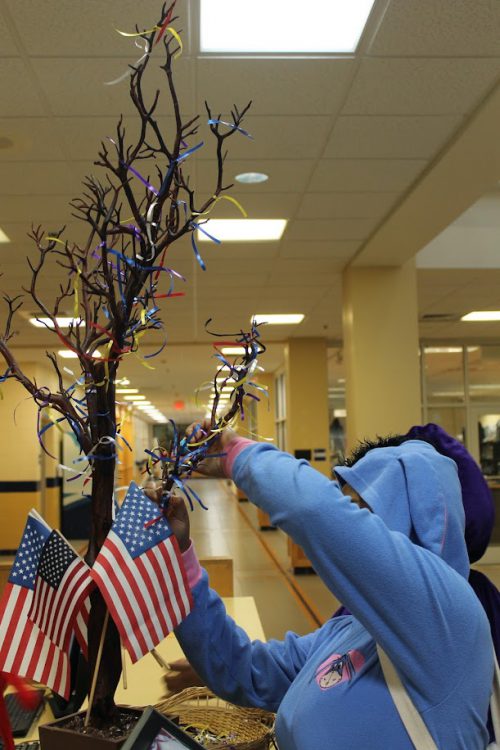
By Kiersten Newnam
In fall 2017, the Greer Environmental Sciences Center will open for students. The eco-friendly building remained a secret for about six months under the code name “Big Fish” until the project was unveiled at former President William T. “Billy” Greer’s retirement celebration on May 20. An anonymous donor gifted the center in honor of Greer and surprised him along with the rest of the school. VMDO Architects will design the state-of-the-art building.
“Yeah the code name was ‘Big Fish’ for the Marlins. The story is that the anonymous donor and some of their representatives got Hourigan Construction involved, and they started a selection process for choosing an architecture firm to do the design,” said Joe Atkins, a principal at VMDO Architects.
“We got a very funny email, it sounded like we won a fake sweepstakes that we’d been invited to compete in for design services for a college in Virginia, that would remain nameless, for a project that they couldn’t describe. So it sounded phony, but we responded and quickly found out that it was real. We got very excited about it, and we were lucky enough to come out on top,” he said.
A small group of faculty collaborated with the architect firm, the anonymous donor and the construction company. The faculty members who were behind the project included Dr. Maynard Schaus, Dr. Soraya Bartol and Dr. John Haley from the science departments along with Mita Vail and Suzanne Savage from advancement.
“That tight-knit group worked together very carefully and then all the while had President Billy Greer’s legacy in mind, his retirement and really honoring the stewardship of both the campus and the environmental sciences during his tenure,” Atkins said.
New advantages and opportunities are in store for Virginia Wesleyan after the new building becomes active in the academic year of 2017-2018.
“I hope that it brings more opportunities for the undergraduate research program. I think it helps with the whole quality enhancement plan that the school is looking forward to. There will be new labs, more space, more instrumentation for people to go out and do things; it just adds a whole new component to undergrad research,” Stephanie Reidell, a junior here at Virginia Wesleyan and president of the Science Club said. “I feel like that big space between Blocker and V4 is so empty and wasted; we needed something there,” she added.
One of the main design objectives was to frame the quad and give other students who are not particularly involved in the science programs a way to experience the building.
“There is a wing on the east side of the building that forms a portal or gateway that you could walk under to get to Village IV. You’d be able to experience the building and walk through it even if you weren’t in the sciences programs. It’s a way of engaging the larger campus community,” Atkins said.
The anonymous donor felt that environmental sciences was a great area for Virginia Wesleyan to utilize for future development, being that the school is ranked one of the most sustainable campuses in the country.
“I think what was so great about this idea as a gift for the college, and for President Greer, was that the donor had a particular deep understanding of the college and saw the environmental sciences as a great niche for Virginia Wesleyan moving into the future,” Atkins continued.
Greer’s legacy lives on, not only in the new science center, but through the students he has left lasting impressions on.
“I know that President Greer is a friend to the bees. Last year in beekeeping class, we needed some protective equipment and building equipment to build new hives, so Dr. Margolies was like, ‘Go talk to Greer and see if he can help us out.’ So another student and I went to talk to him, and he wrote us a check to help us afford equipment because he just had a real passion for science. So I am glad he gets to leave a physical legacy behind,” Reidell said.


